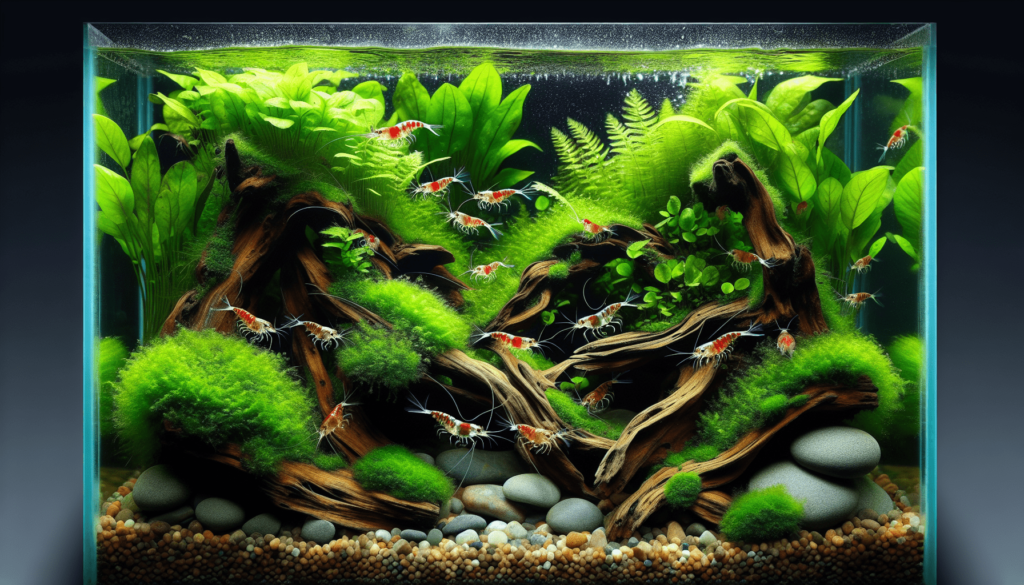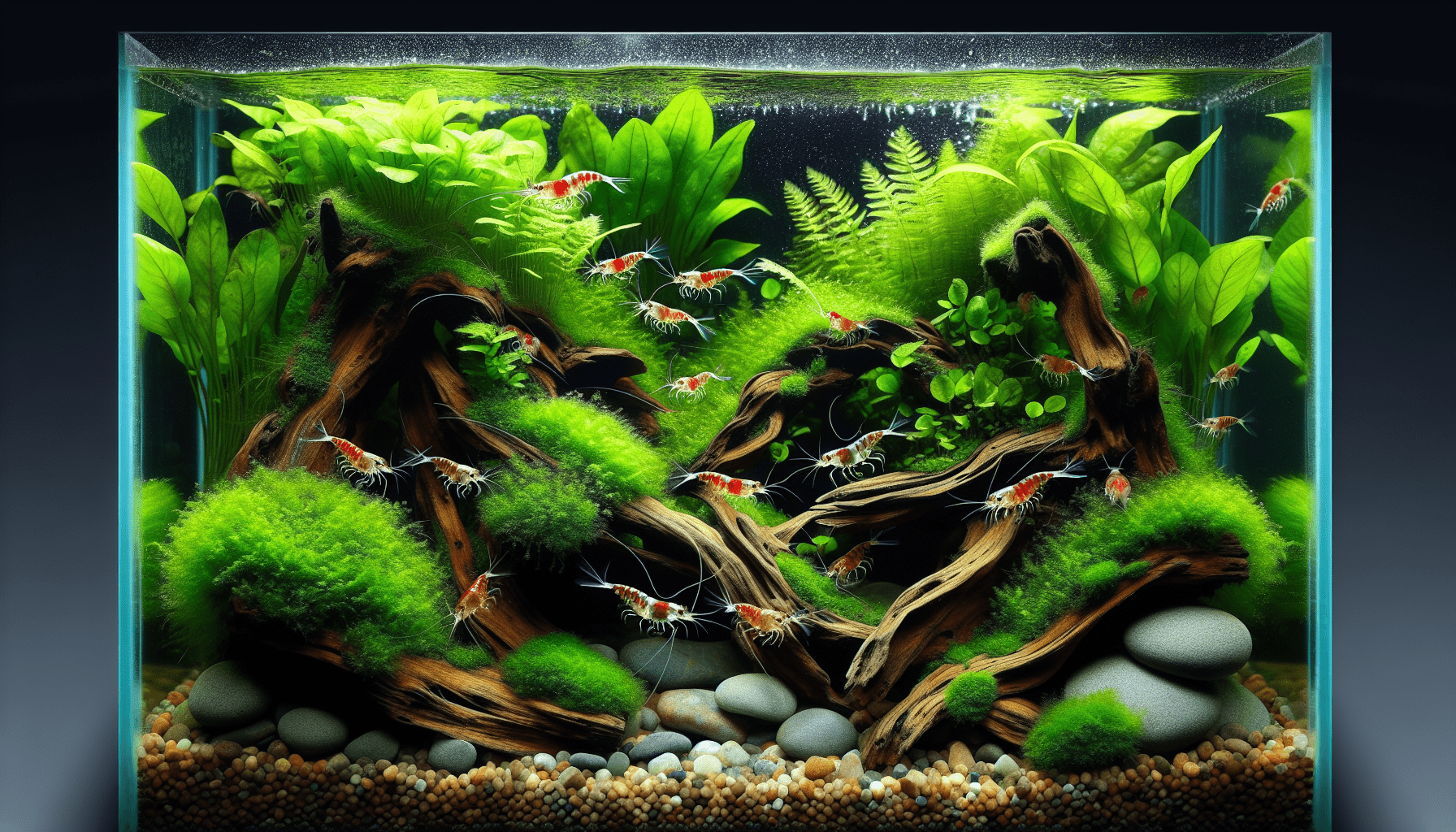Are you a fan of small aquatic ecosystems but aren’t quite sure where to start? Look no further! In “The Ultimate Guide to Aquascaping in a 5 Gallon Tank,” we will explore the art of aquascaping and how you can create a stunning underwater world in a compact 5 gallon tank. Whether you’re a beginner or an experienced hobbyist, this guide will provide you with the essential tips and techniques to transform your tank into a thriving, visually captivating oasis. Get ready to bring the beauty of nature into your home and embark on an aquascaping journey like never before!
The Ultimate Guide to Aquascaping in a 5 Gallon Tank
Aquascaping in a 5-gallon tank can be a rewarding and visually stunning project. With the right tank, substrate, plants, hardscape elements, lighting, and care, you can create a beautiful underwater world. In this comprehensive guide, we will walk you through the process of choosing the right tank, understanding aquascaping principles, selecting the substrate, choosing suitable plants, adding hardscape elements, providing lighting, maintaining water parameters, stocking the tank, and avoiding common mistakes. So let’s dive in and create a captivating aquascape!
Choosing the Right Tank
When it comes to selecting the right tank for your aquascape, size and dimensions are crucial factors to consider. In a 5-gallon tank, you need to ensure that it can provide enough space for your aquatic plants and fish to thrive. Consider the dimensions of the tank as well, as taller tanks may limit the variety of plants and hardscape elements you can incorporate.
Opting for glass tanks is highly recommended for better visibility and durability. Glass tanks offer a clear and undistorted view of your aquascape, allowing you to fully appreciate the beauty of your underwater world. They are also easier to clean and maintain compared to acrylic tanks.
Another key feature to look for when choosing a tank is built-in filtration. Having a built-in filtration system simplifies the maintenance process and helps to maintain water quality. Look for tanks with efficient filtration mechanisms that provide sufficient chemical, mechanical, and biological filtration to keep your aquarium clean and healthy.
Understanding Aquascaping
Before diving into creating your aquascape, it’s essential to understand the principles of aquascaping. Learning about these principles will help you create a visually appealing and balanced aquarium.
Start by familiarizing yourself with the various styles and themes of aquascaping. From the minimalist Iwagumi style to the lush Dutch style, there are numerous design options to choose from. Each style has its own unique characteristics and requirements, so exploring different styles will give you a better understanding of what appeals to you.
Balance and focal points are crucial elements in aquascaping. Achieving a harmonious balance between plants, hardscape elements, and negative space will create a visually pleasing aquascape. Consider creating a focal point, such as a captivating arrangement of rocks or a vibrant cluster of plants, to draw the viewer’s attention and add visual interest to your aquascape.
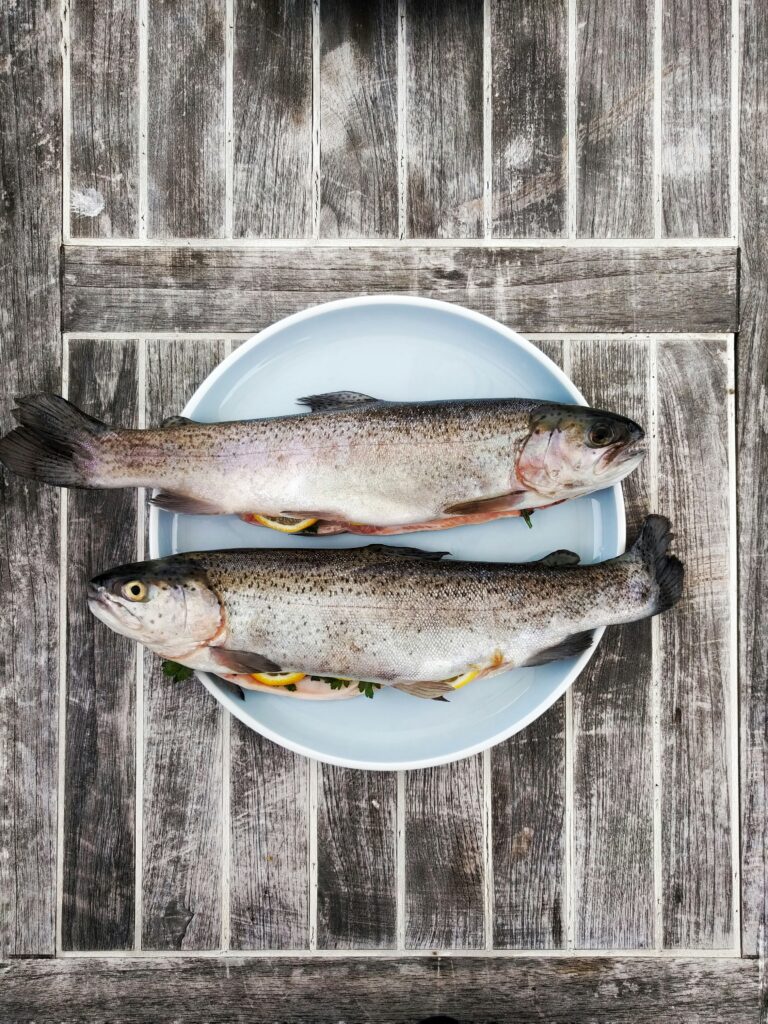
Selecting the Substrate
Choosing the right substrate is vital for the health and growth of your aquatic plants. Consider the appropriate substrate depth for your plants. Some plants may require a deeper substrate, while others can thrive in a shallower bed. Research the specific needs of your chosen plants to determine the ideal substrate depth.
Substrate type is another factor to consider. Popular options include aquarium soil, sand, and gravel. Aquarium soil is rich in nutrients and provides a fertile base for plant roots. Sand creates a natural look but may require additional fertilization. Gravel is a versatile option that allows for good water circulation, but it may not be suitable for all plant species.
Decide on the color and texture of the substrate based on your desired aquascape style. Darker substrates create a dramatic and natural look, while lighter substrates provide a brighter and more spacious feel. Consider the texture as well, as some plants may require a finer or coarser substrate to anchor their roots securely.
Choosing Suitable Plants
Selecting the right plants is key to a successful aquascape. Research low-light plants that can thrive in a 5-gallon tank. Java fern, Anubias, and mosses are excellent options for low-light environments. These plants are relatively easy to care for and will add a touch of greenery to your aquascape.
Consider the growth rate of the plants you choose. Fast-growing plants such as Vallisneria or Hornwort can quickly fill out your tank, but they may require more frequent trimming and maintenance. Slower-growing plants like Bucephalandra or Cryptocoryne can be better suited for a smaller tank.
To create depth and visual interest in your aquascape, choose appropriate foreground, midground, and background plants. Carpeting plants like dwarf hairgrass or Monte Carlo can be used as foreground plants. Midground plants like Alternanthera reineckii or Rotala can provide height and fill out the middle areas of the tank. Background plants like Amazon sword or Ludwigia can create a lush backdrop for your aquascape.
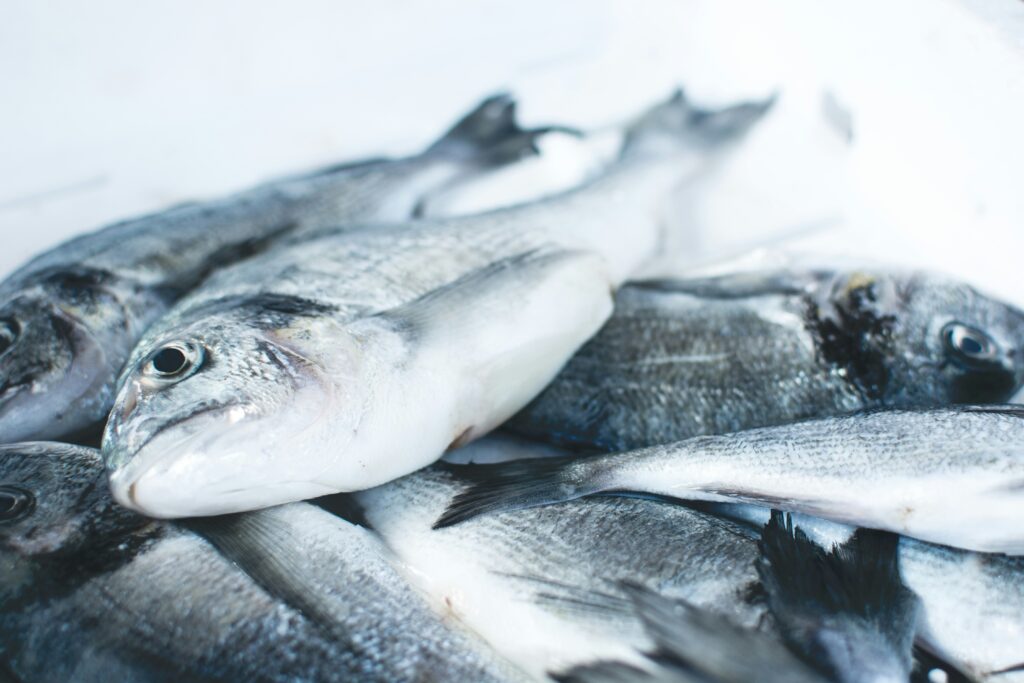
Adding Hardscape Elements
Hardscape elements such as rocks and driftwood are essential for creating structure and adding a natural aesthetic to your aquascape. When selecting rocks, choose suitable types that are safe for aquarium use. Avoid rocks that may release harmful substances into the water, such as limestone or shale. Research and opt for popular choices like lava rock or Seiryu stone, which are both inert and visually appealing.
Consider the size and placement of hardscape elements to achieve a balanced and aesthetically pleasing layout. Larger rocks can serve as focal points, while smaller ones can create depth and add interest. Experiment with different arrangements to find the perfect balance that complements your chosen plants and enhances the overall look of your aquascape.
Creating natural-looking structures with your hardscape elements is crucial for a realistic aquascape. Arrange your rocks and driftwood in a way that mimics natural formations found in aquatic environments. Slopes, caves, and overhangs can add visual interest and provide hiding places for your fish and invertebrates.
Providing Lighting
Proper lighting is essential for the health and growth of your aquatic plants. Determine the lighting requirements of your chosen plants. Some plants may require higher light intensity, while others can thrive in low to moderate light conditions. Research the specific needs of your plants to ensure they receive adequate lighting.
Choose the right type of aquarium lighting for your aquascape. LED lights are popular among aquascapers due to their energy efficiency and customizable settings. They provide a wide range of color temperatures, allowing you to adjust the lighting to enhance the aesthetics of your aquascape. Ensure that the lighting fixture is suitable for the size of your tank and can provide even illumination to all areas.
Decide on the duration of lighting based on the needs of your plants and fish. Most aquariums require 8 to 10 hours of lighting per day for optimal growth. Use a timer to automate the lighting schedule and maintain a consistent photoperiod. Avoid leaving the lights on for extended periods as this can promote algae growth and disrupt the natural day-night cycle.
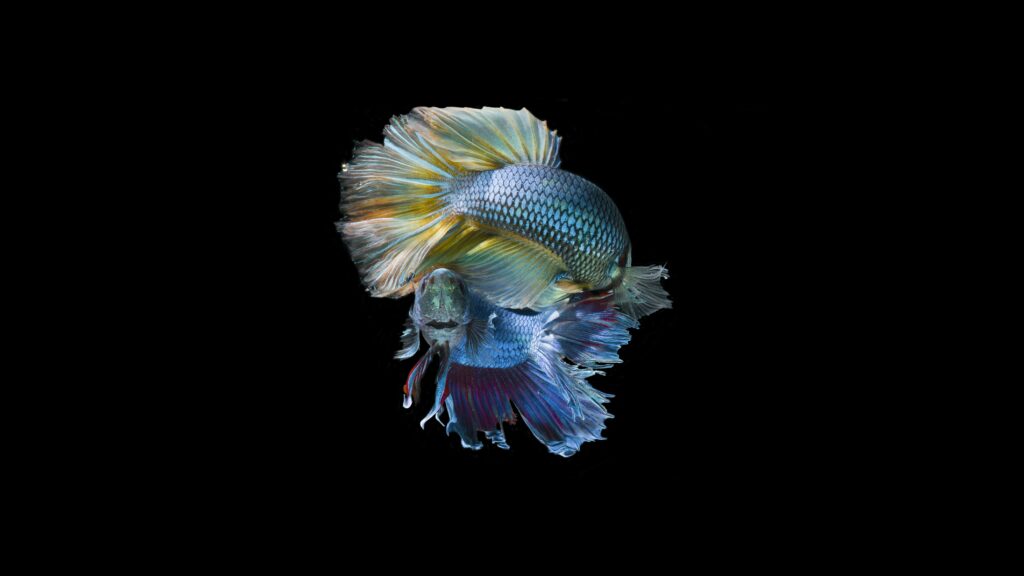
Maintaining Water Parameters
Maintaining stable water parameters is crucial for the health and well-being of your aquatic inhabitants. Test and monitor water parameters regularly using a reliable test kit. Parameters to keep an eye on include temperature, pH levels, ammonia, nitrites, and nitrates.
Maintain an appropriate temperature for your fish and plants. Most tropical freshwater fish thrive in temperatures between 75 and 82 degrees Fahrenheit, but be sure to research the specific needs of your chosen fish. Aim for a pH level that is suitable for both your fish and plants. Most aquarium plants thrive in slightly acidic to neutral pH levels, around 6.5 to 7.5.
Ensure proper filtration and water circulation to maintain water quality. Choose a filter that is appropriate for the size of your tank and provides sufficient mechanical, chemical, and biological filtration. Regularly clean and maintain the filter media to prevent clogging and optimize its effectiveness. Consider installing a water pump or powerhead to improve water circulation and prevent stagnant areas in the tank.
Stocking the Tank
When it comes to stocking a 5-gallon tank, careful consideration is required due to limited space. Research suitable fish and invertebrates that can thrive in a smaller tank. Some popular choices for a 5-gallon tank include bettas, sparkling gouramis, endlers, shrimp, and snails. Be mindful of the compatibility and behavior of different species to ensure a peaceful and thriving community.
Avoid overstocking the tank, as overcrowding can lead to poor water quality and stressed fish. The rule of thumb is to aim for one inch of fish per gallon of water, but in a smaller tank, it’s best to err on the side of caution and keep fewer inhabitants. Remember, quality over quantity is key in a small aquarium.
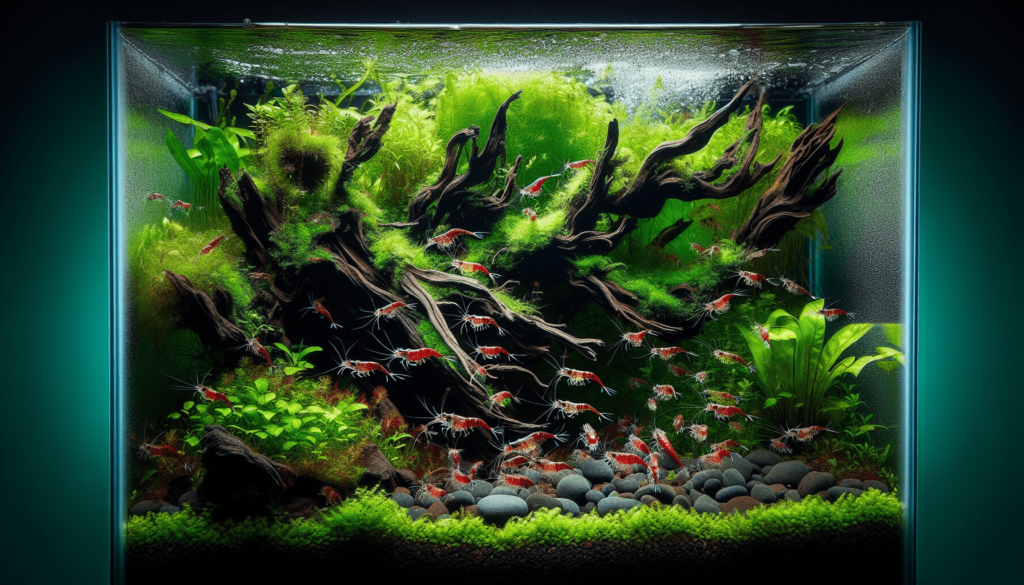
Feeding and Care
Providing an appropriate diet is essential for the well-being of your aquatic inhabitants. Research the specific dietary requirements of your fish and invertebrates and offer a balanced and varied diet. Most fish will benefit from a high-quality pellet or flake food supplemented with frozen or live foods such as bloodworms or brine shrimp.
Maintain a regular feeding schedule and avoid overfeeding your fish. Overfeeding can lead to poor water quality and health issues for your fish. Offer small portions of food that can be consumed within a few minutes, and remove any uneaten food after feeding.
Perform regular water changes to maintain optimal water quality. In a small tank, aim for weekly water changes to remove accumulated toxins and replenish essential minerals. Use a siphon or gravel vacuum to remove debris from the substrate and remove a portion of the water. Be sure to treat tap water with a dechlorinator to remove any chlorine or chloramines before adding it to the tank.
Avoiding Common Mistakes
To ensure a successful aquascape, it’s important to avoid some common mistakes that may hinder the health and aesthetics of your tank.
One common mistake is overcrowding the tank with too many decorations. While decorations can add visual interest, it’s essential to leave enough space for your aquatic plants and fish to thrive. Overcrowding can restrict water flow, create hiding spots that make it difficult to maintain water quality, and limit the growth and spread of your plants.
Another mistake to avoid is adding incompatible species to your tank. Some fish and invertebrates may have aggressive behaviors or different environmental needs, which can lead to stress, aggression, or health issues. Always research the compatibility of different species before adding them to your tank to ensure a harmonious and peaceful community.
Finally, don’t neglect regular maintenance. Neglecting water changes, filter maintenance, and monitoring water parameters can lead to poor water quality, algae overgrowth, and stressed inhabitants. Stay diligent with your maintenance routine to ensure a thriving and beautiful aquascape.
By following this comprehensive guide, you can successfully create and maintain a stunning aquascape in your 5-gallon tank. Remember to be patient and experiment with different elements to find the perfect balance and design that reflects your personal style. Enjoy the process and embrace the beauty of your underwater world!
